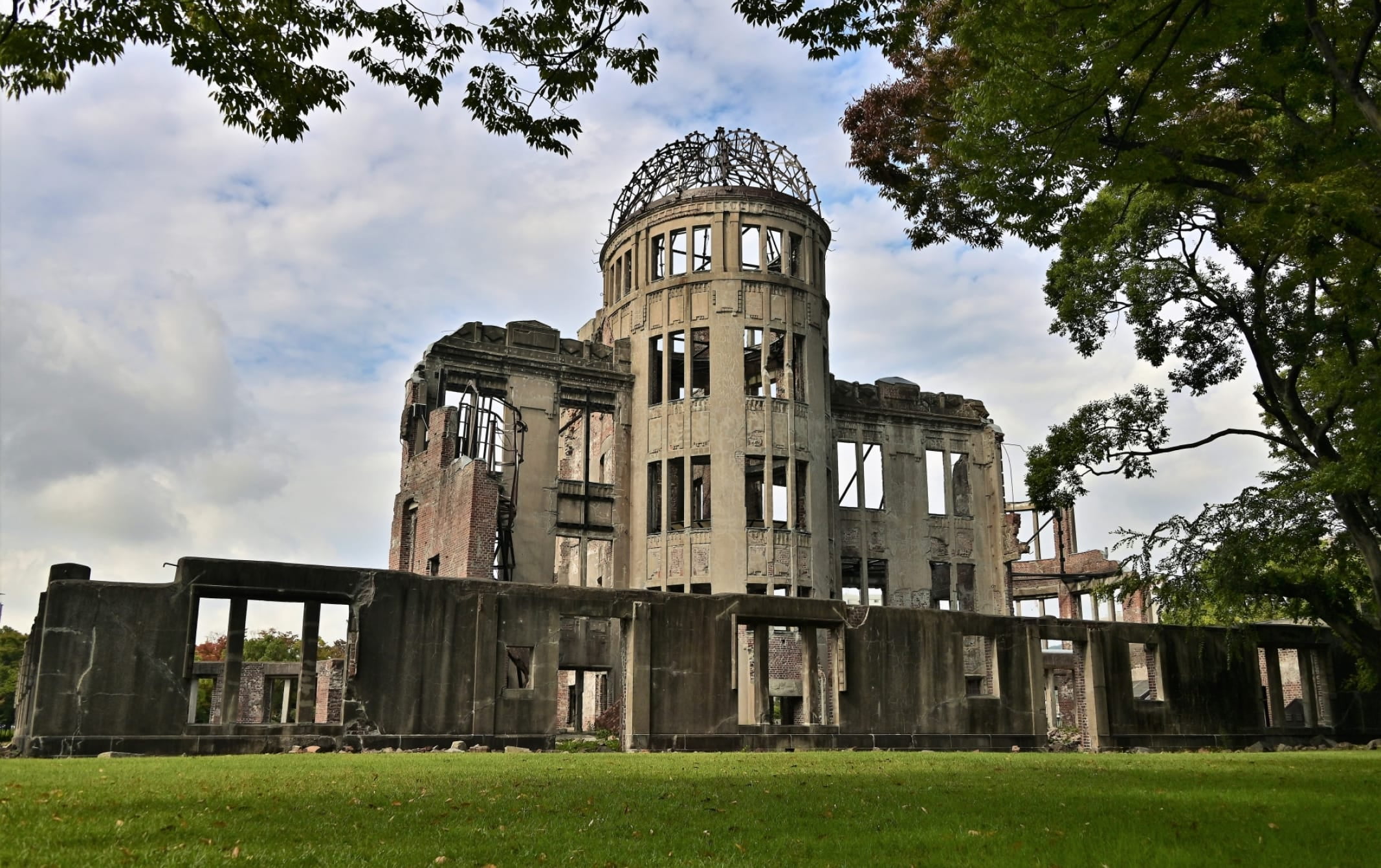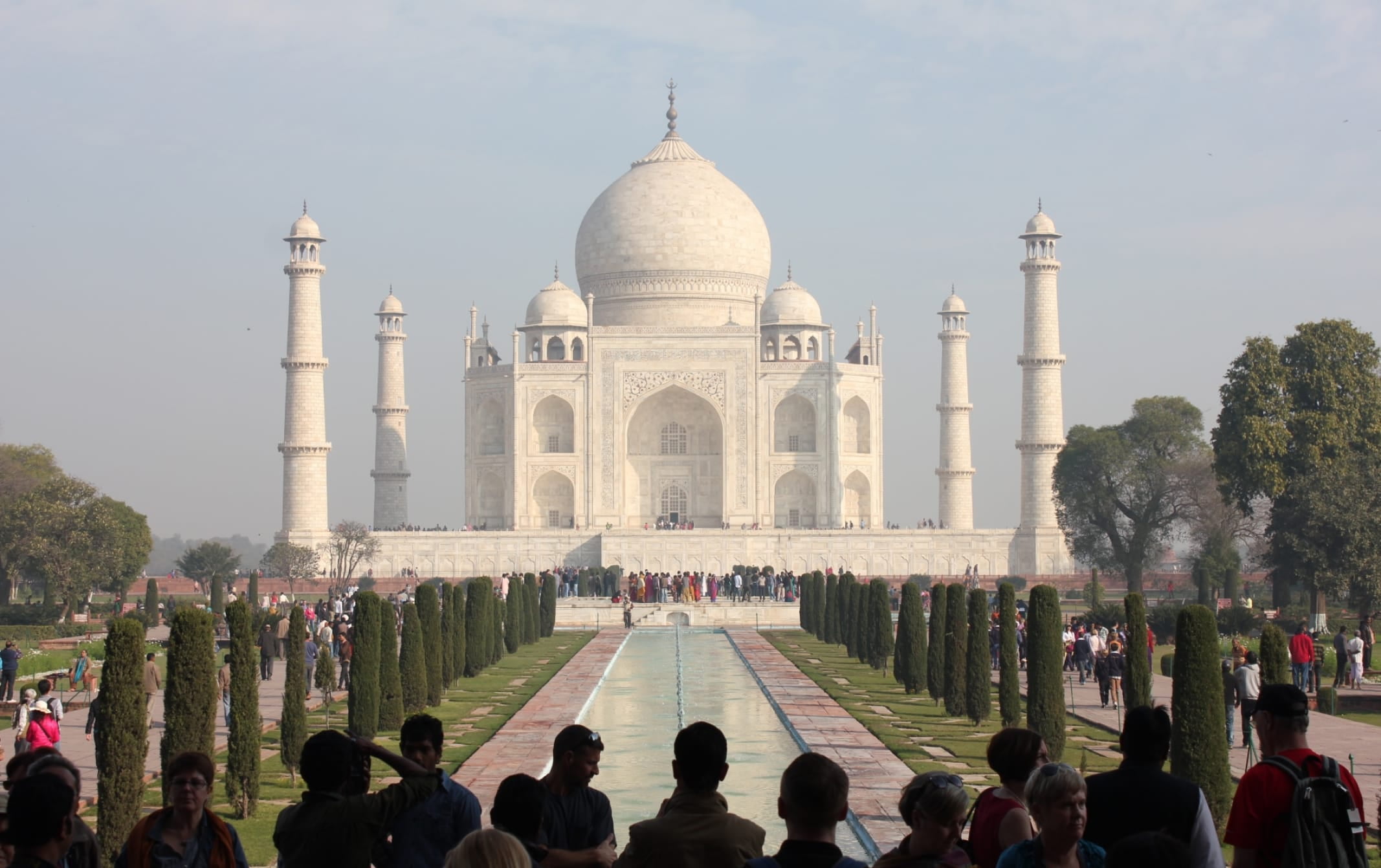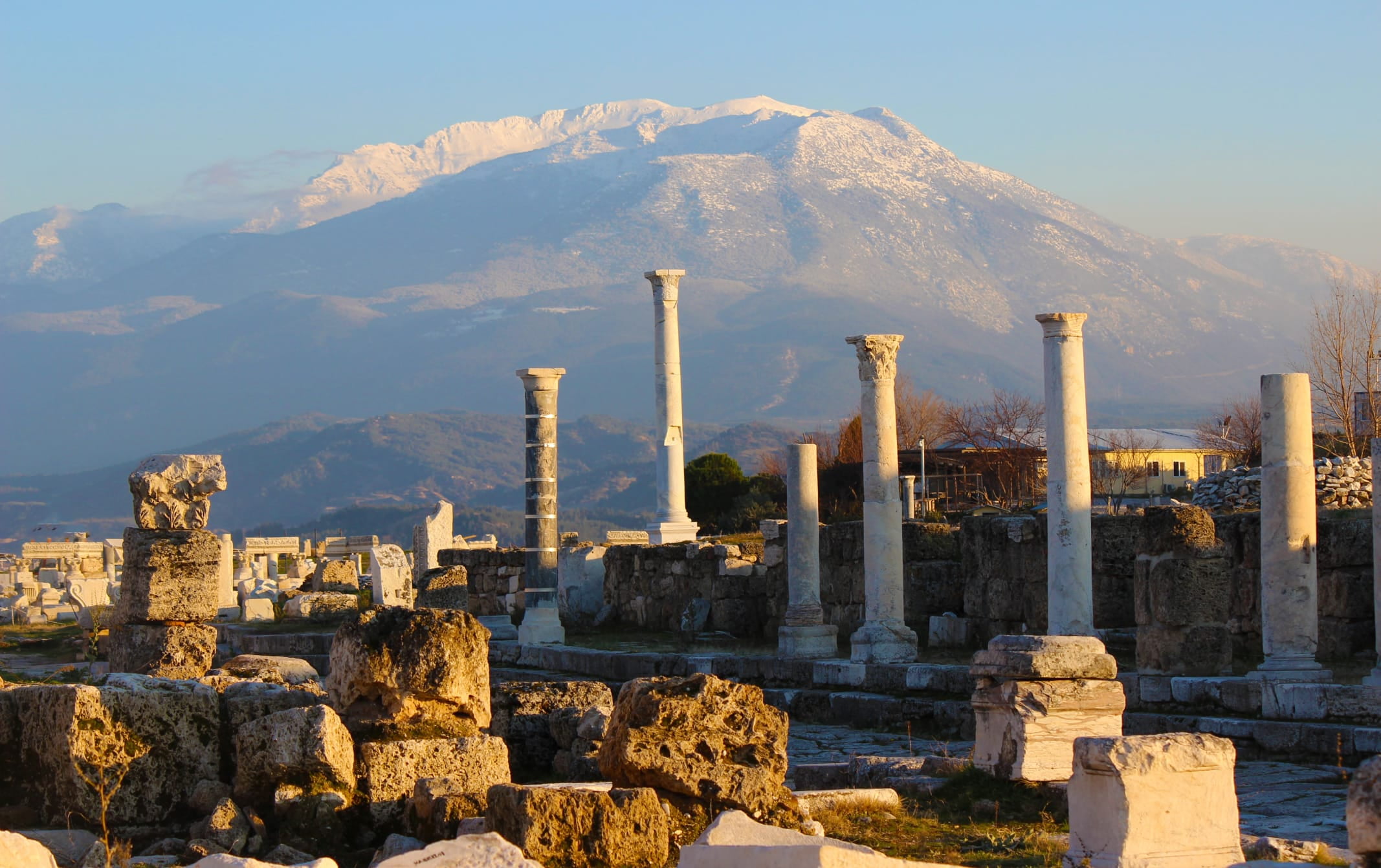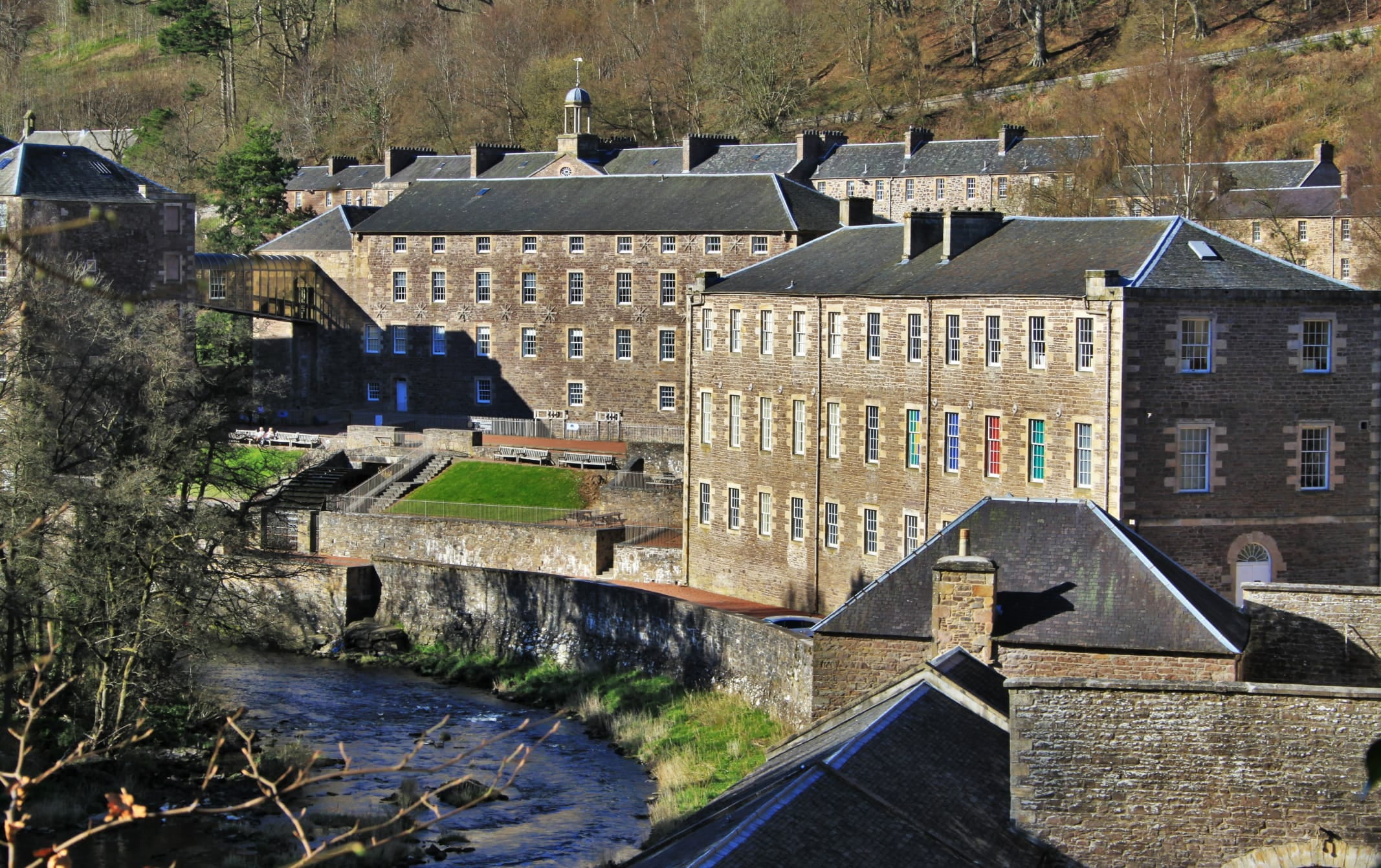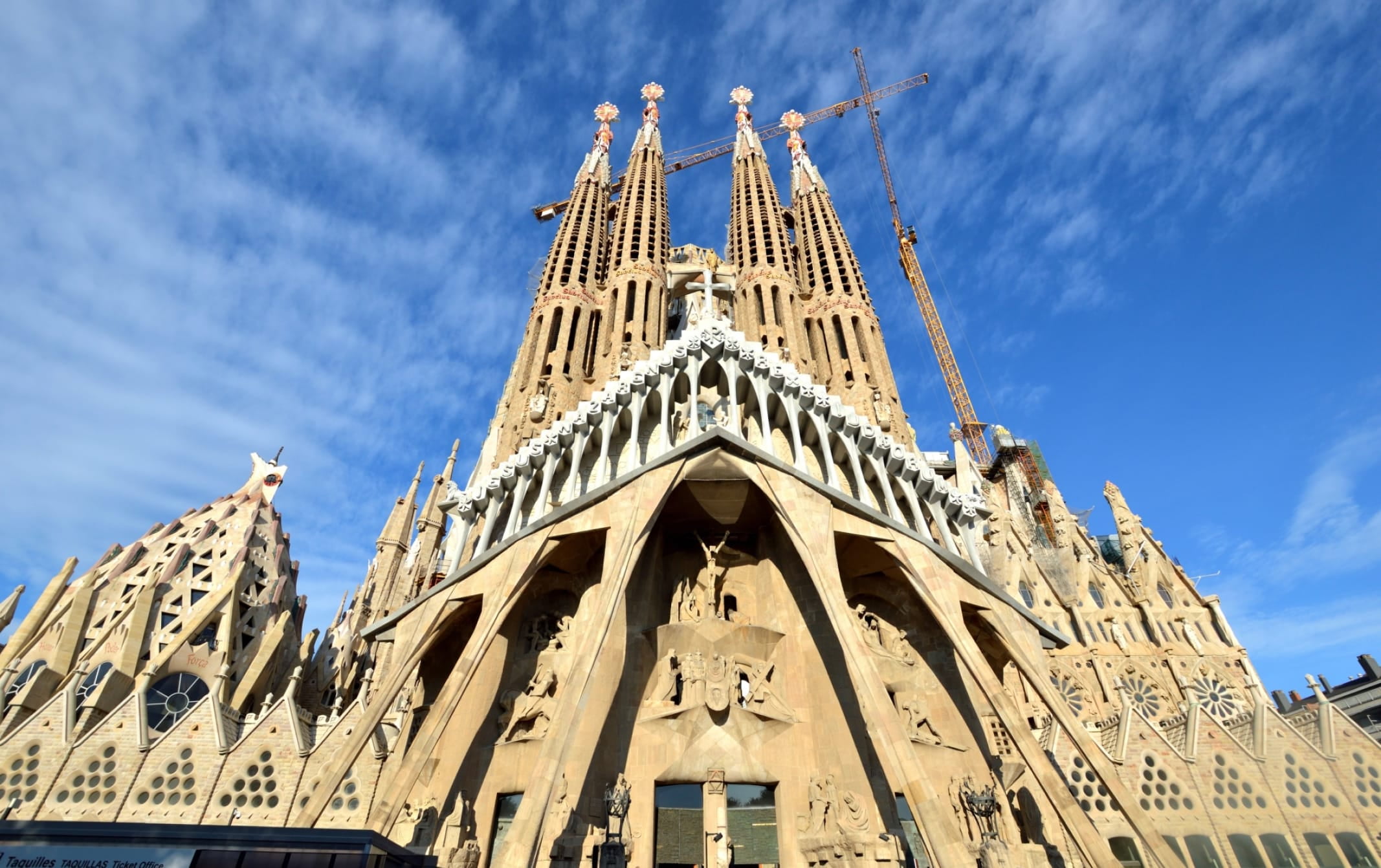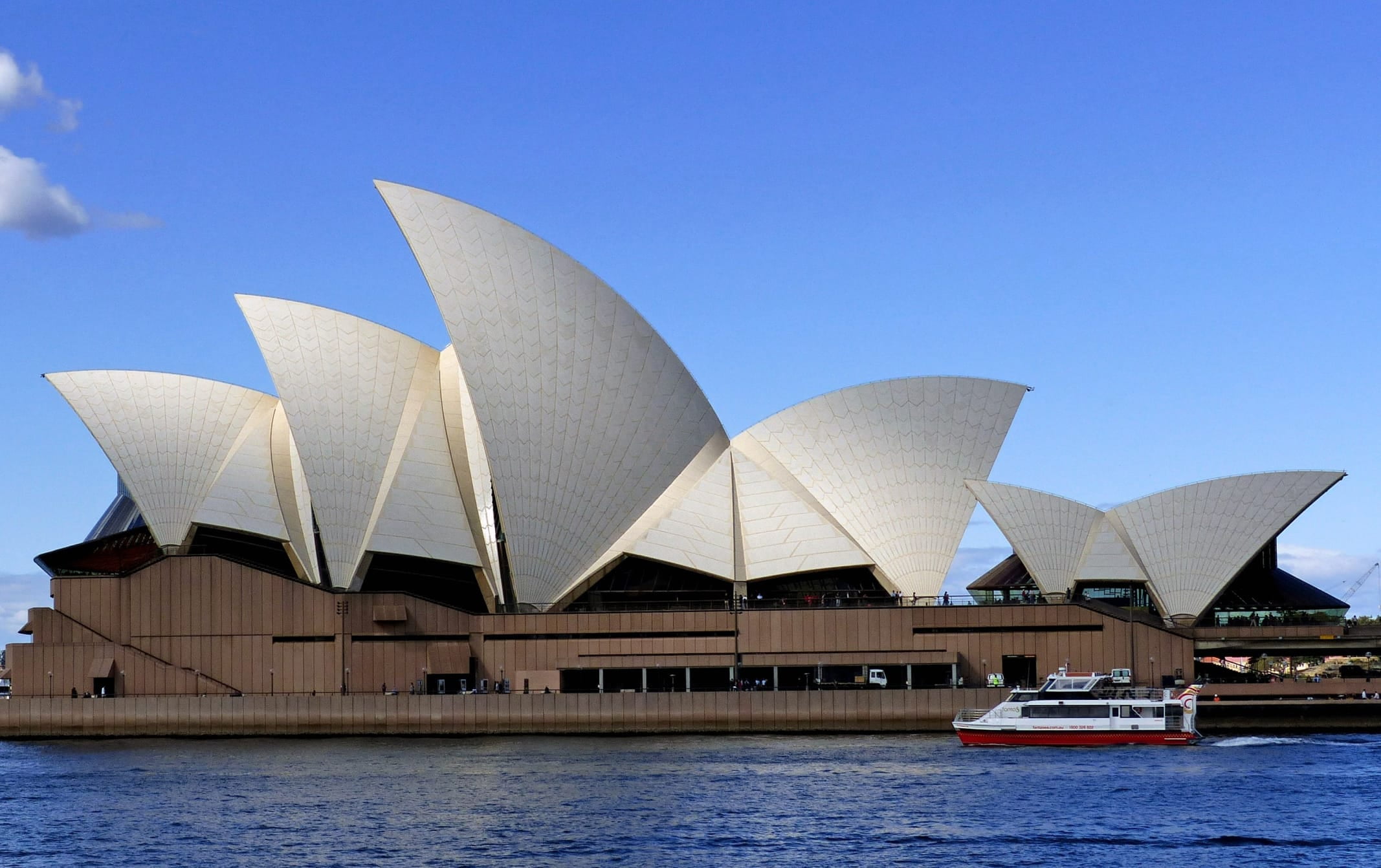
Heritage Category
What we call cultural heritage refers to things built up around the world by humans over long periods of time, including tangible items such as ruins and buildings as well as intangibles like techniques and arts. These are some of the major cultural heritage categories.


